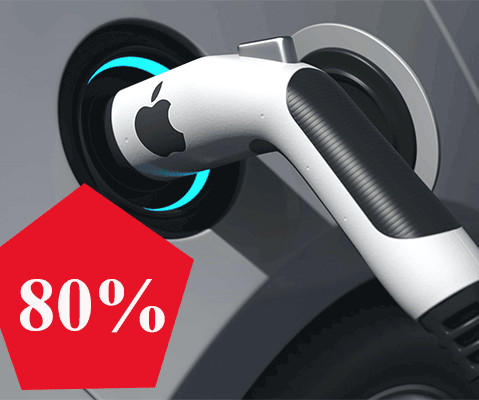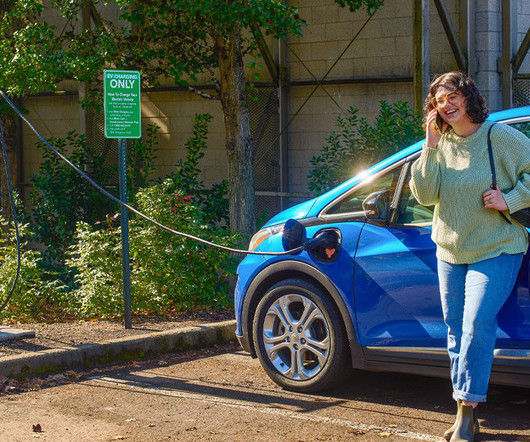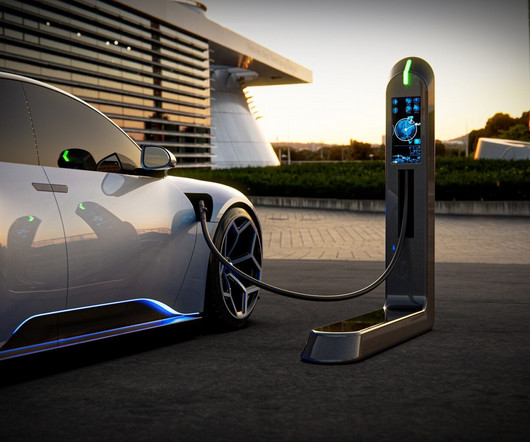Why is maintaining 80% battery power the best choice for EVs? | EV Basics
Setec Powerr
MARCH 27, 2023
While manufacturers typically strive to increase the battery capacity to improve the range of an EV, the “EV 80% rule” suggests that Charging the EV to about 80% will maintain optimal battery performance and life over time. You’ll stop and power up before hitting zero miles, but let’s keep things simple and say 240.





















Let's personalize your content